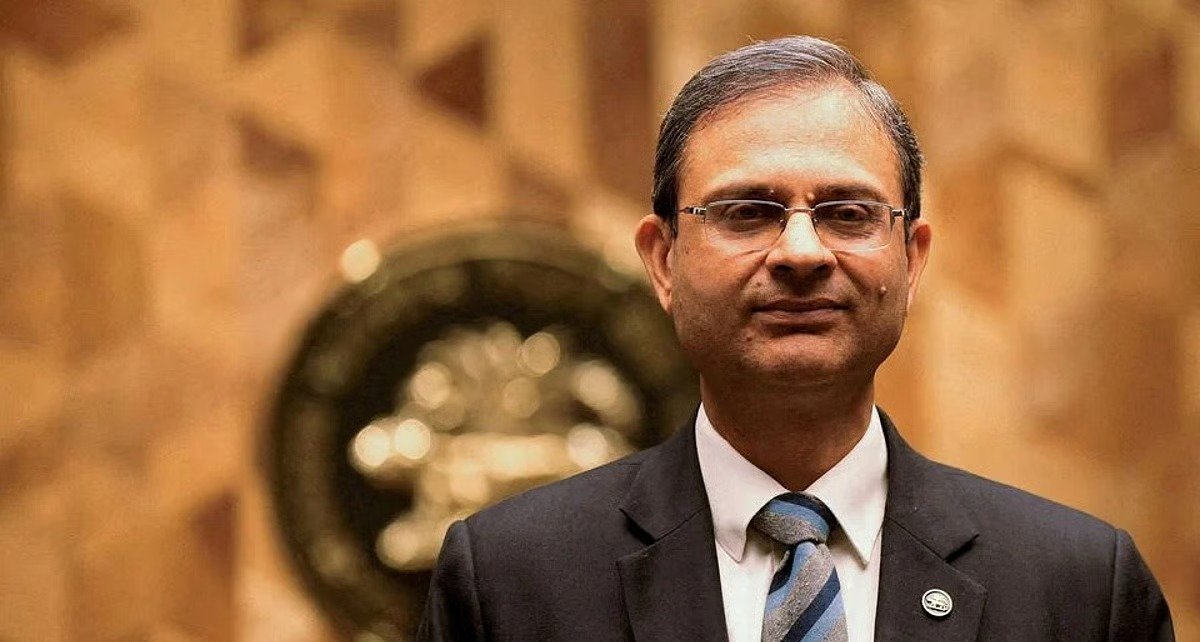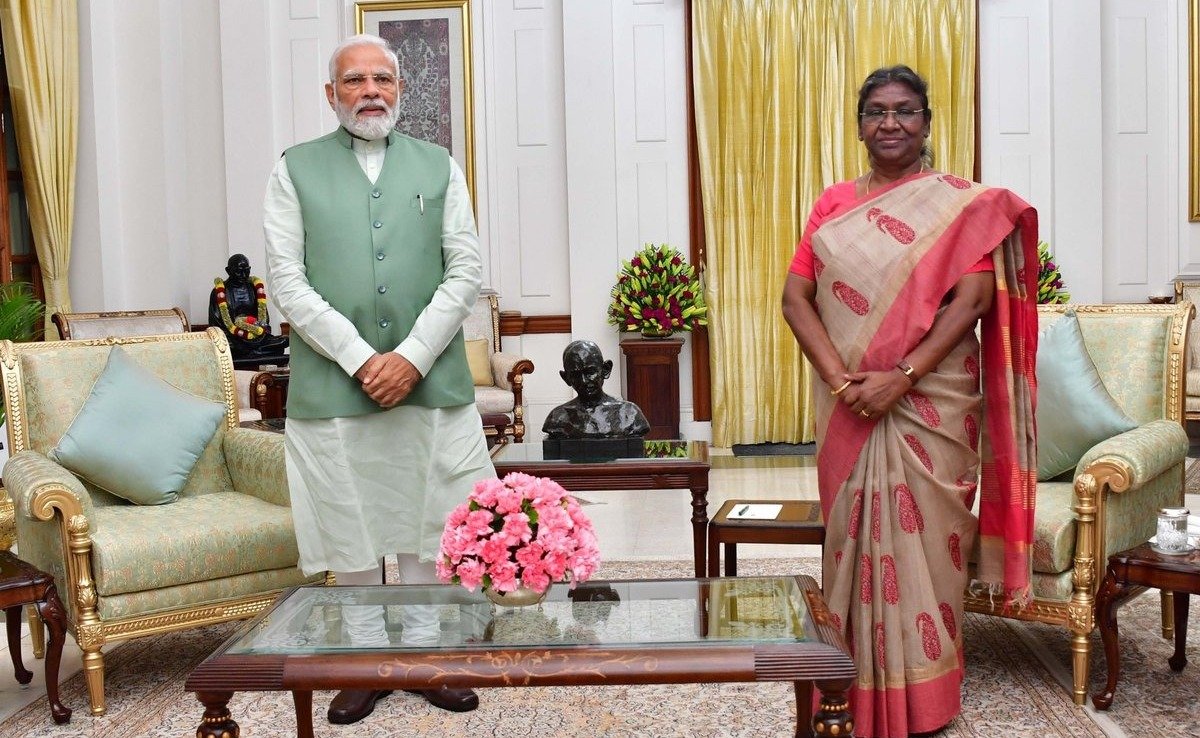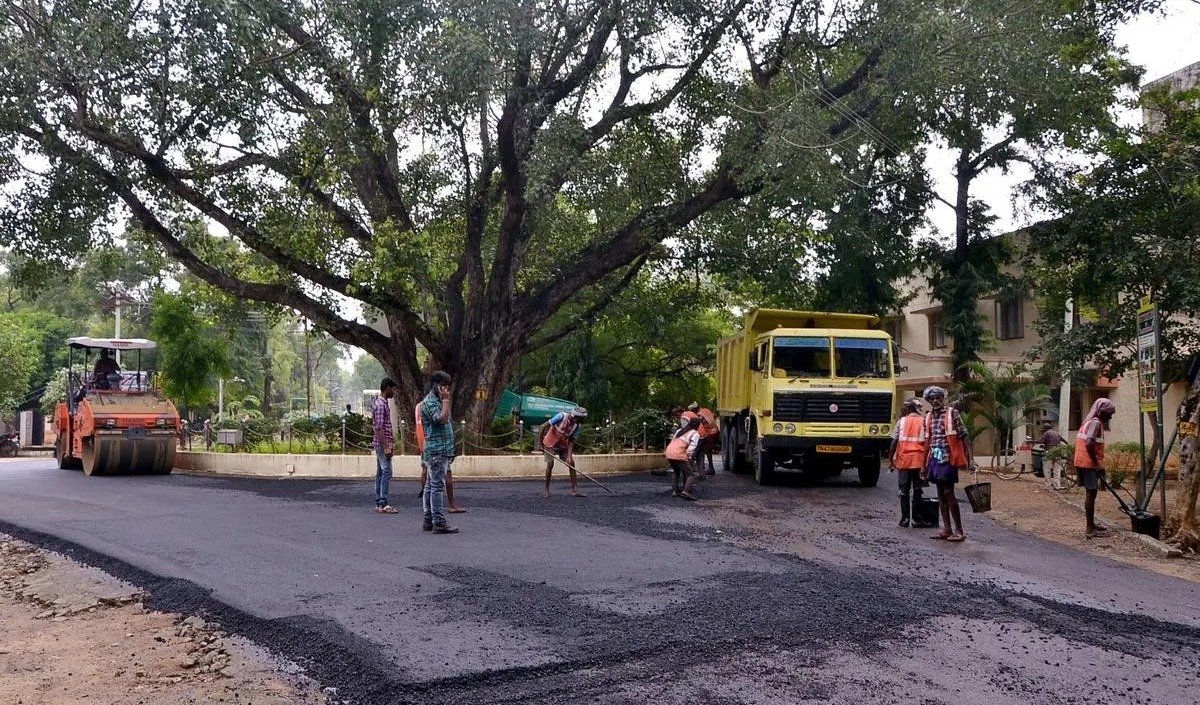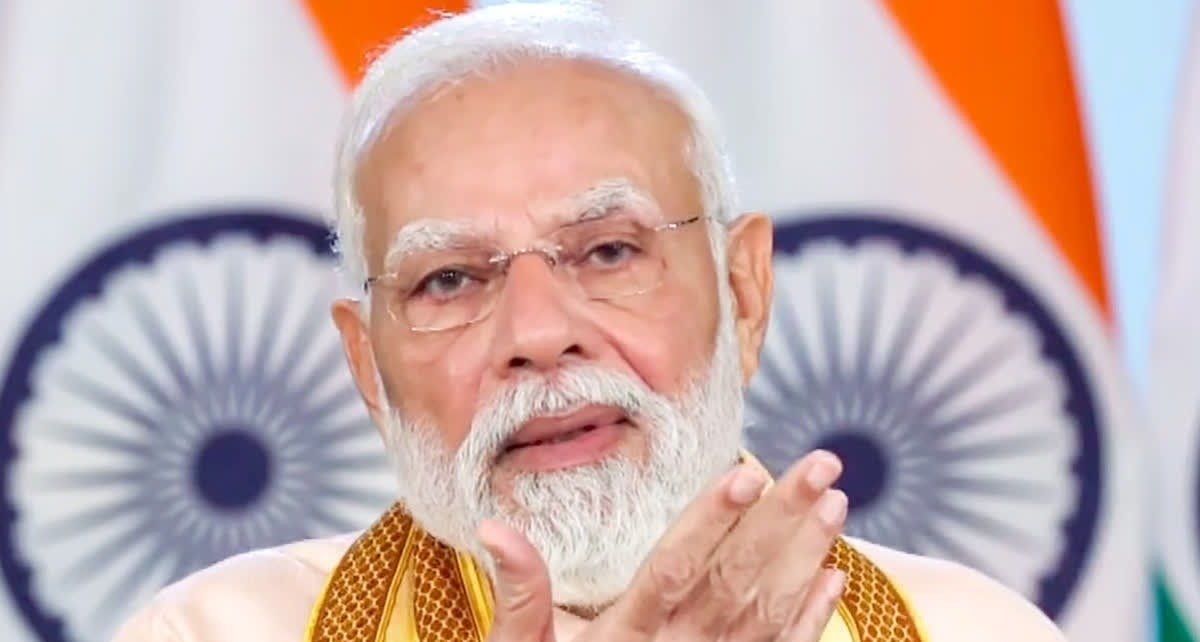According to RBI Governor Sanjay Malhotra, India has managed to emerge as a unique source of stability in a globe that is racked by geopolitical shocks and trade friction. According to Malhotra, who spoke at the fourth Kautilya Economic Conclave here, policy continuity, institutional resilience, and reform momentum have allowed India to stay out of serious financial crises and maintain its position as one of the largest economies with the fastest rate of growth. By February 2026, inflation is expected to return to the RBI’s safe zone of 4%.
In handling the aftermath of the US tariff crisis and other global economic worries, the RBI Governor emphasized the differences between India and the developed nations. With low inflation, robust foreign exchange reserves, a small current account deficit, and extremely solid bank and business balance sheets, “India’s macroeconomic fundamentals have continued to remain very strong,” he stated. It is the result of the combined efforts of regulated firms, regulators, and policy makers in the government. Overall, the economy appears to be well-established in a state of robust development, despite recent predictions,” he continued.
In light of this, Malhotra pointed out that during the last 20 years, central banks all over the world have had to change their roles from being “steady guardians of price stability” to first responders in a time of constant shocks, ranging from the 2008 financial crisis and the collapse of the eurozone’s debt to COVID-19, Russia’s war in Ukraine, and disruptions brought on by climate change. According to Malhotra, that steering for India included a carefully balanced combination of strong monetary easing during the pandemic, firm liquidity support with well-defined exit dates, and a quick tightening cycle after inflation exceeded tolerance levels in 2022.





